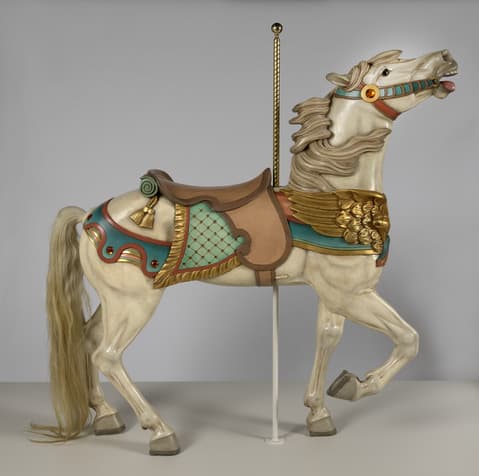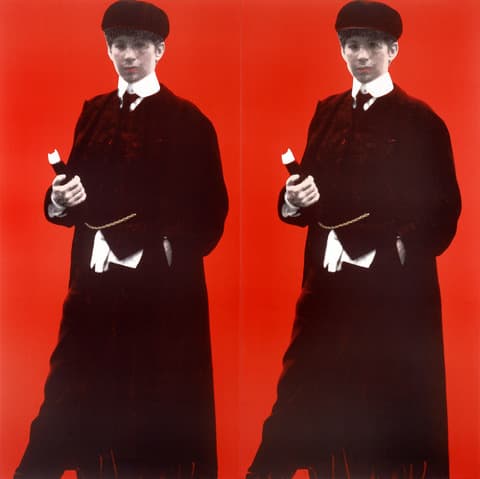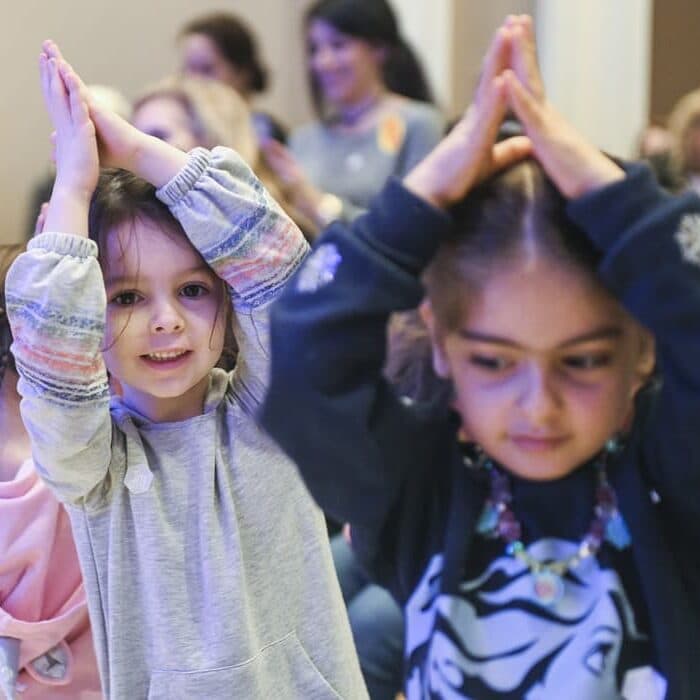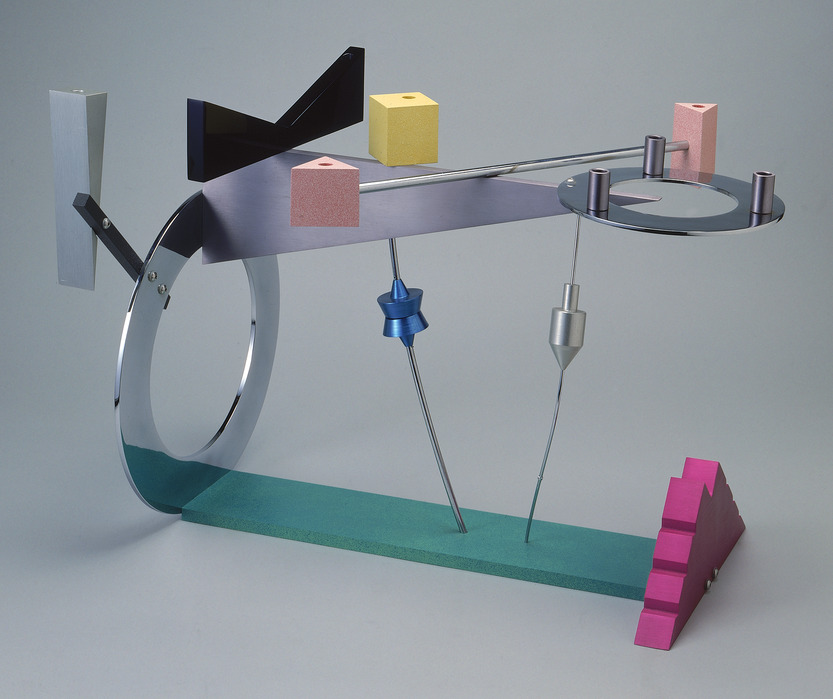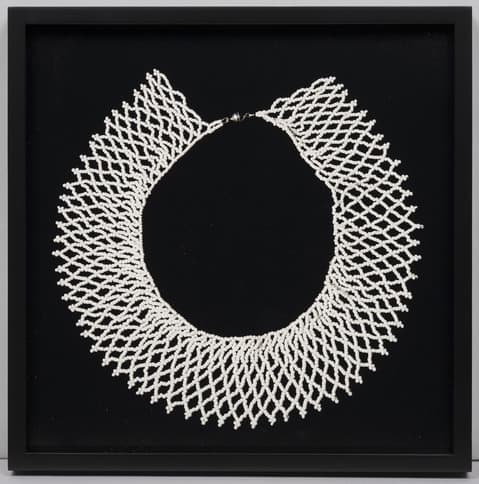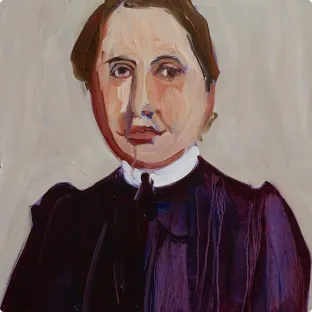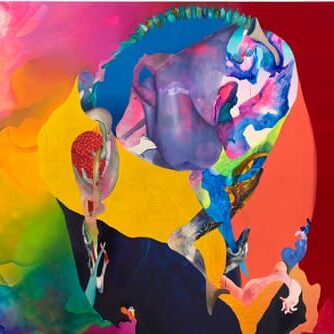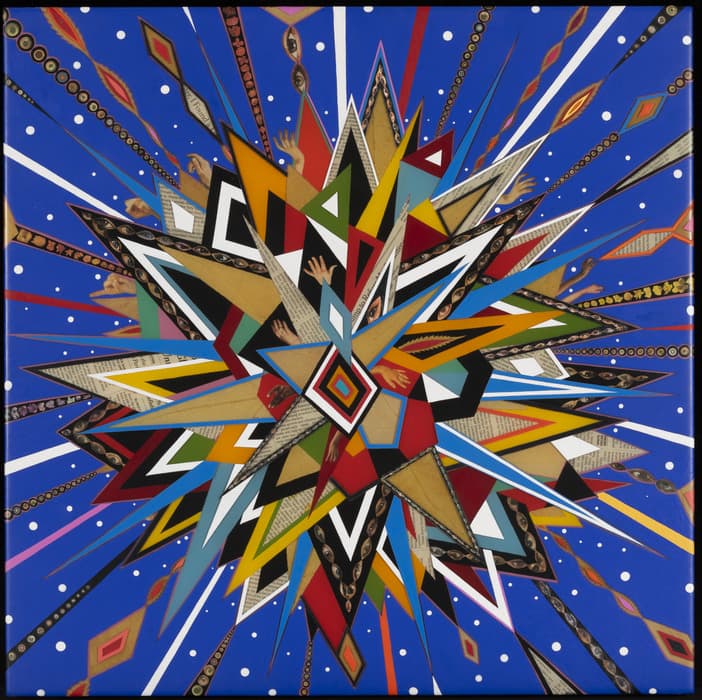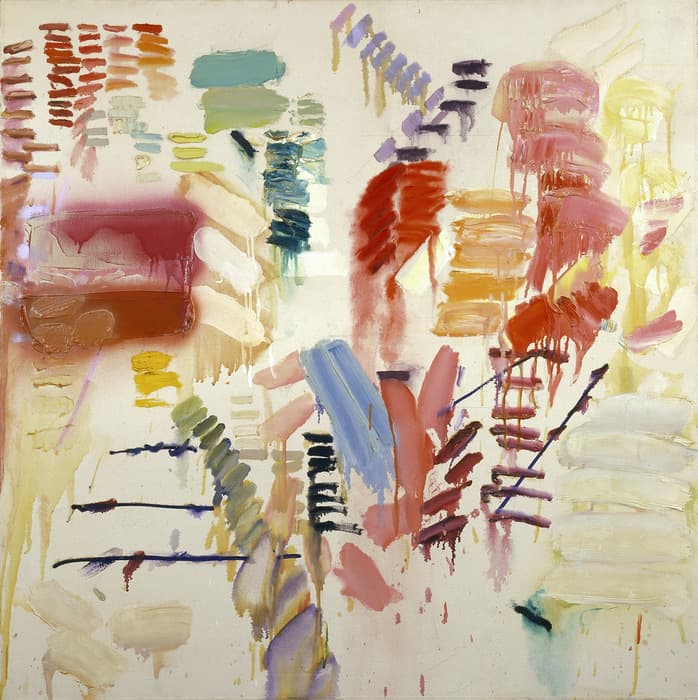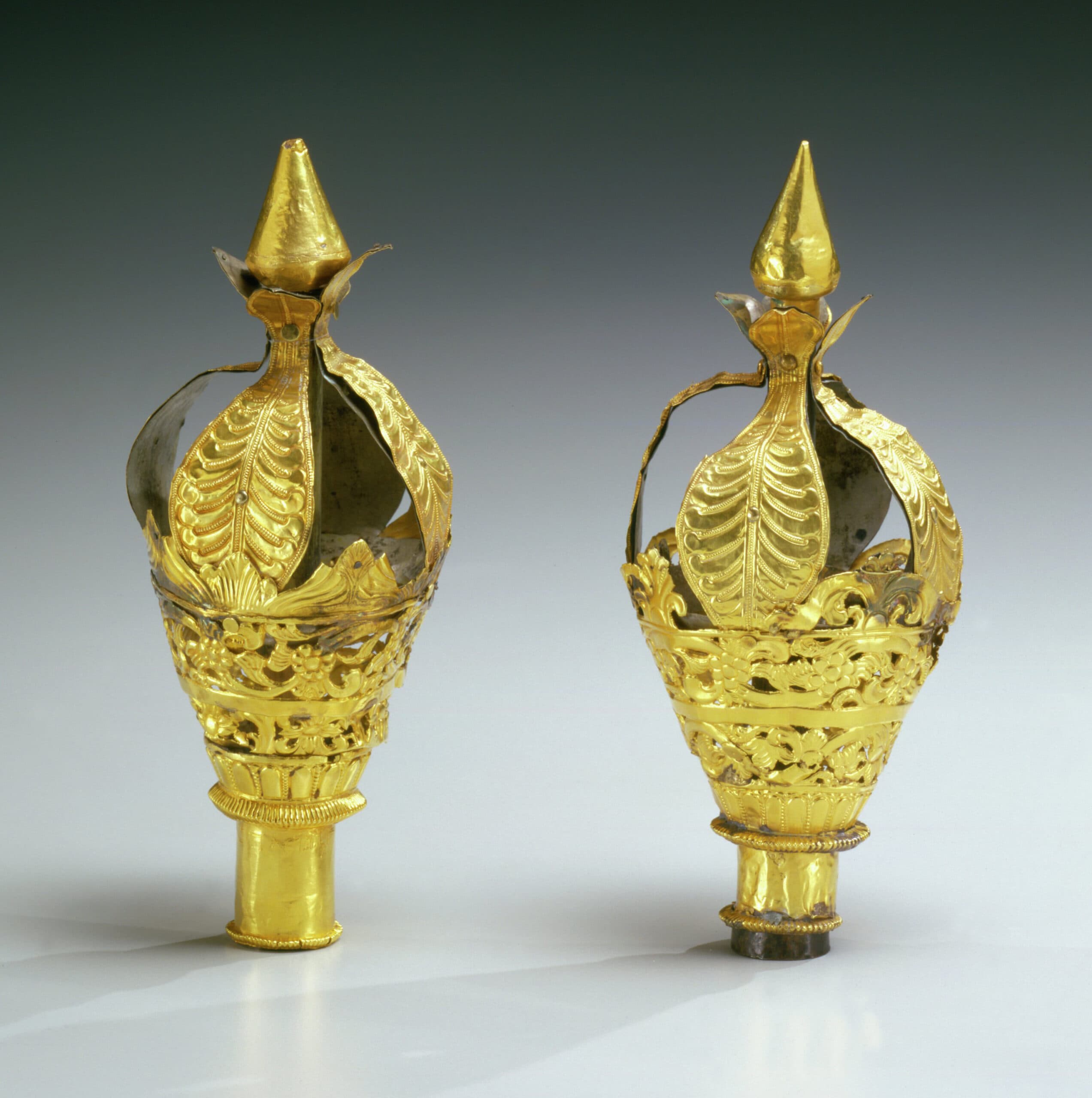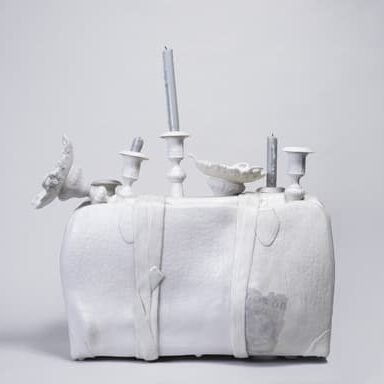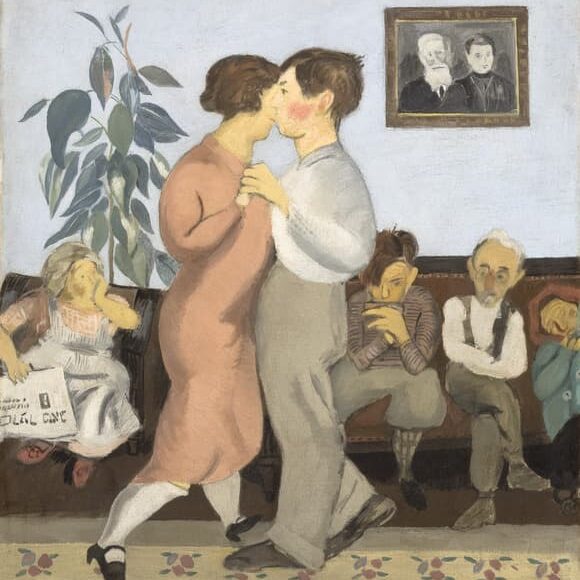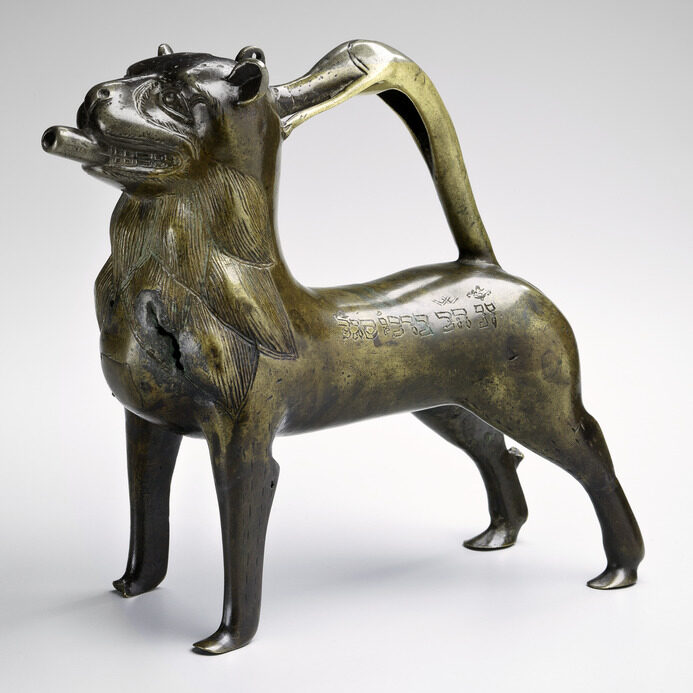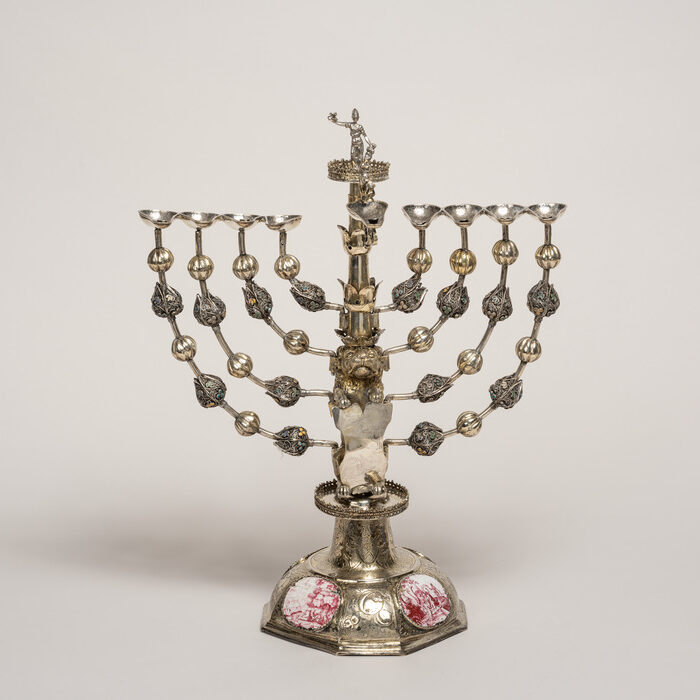Shifting the Gaze: Painting and Feminism Opens at The Jewish Museum on September 12, 2010
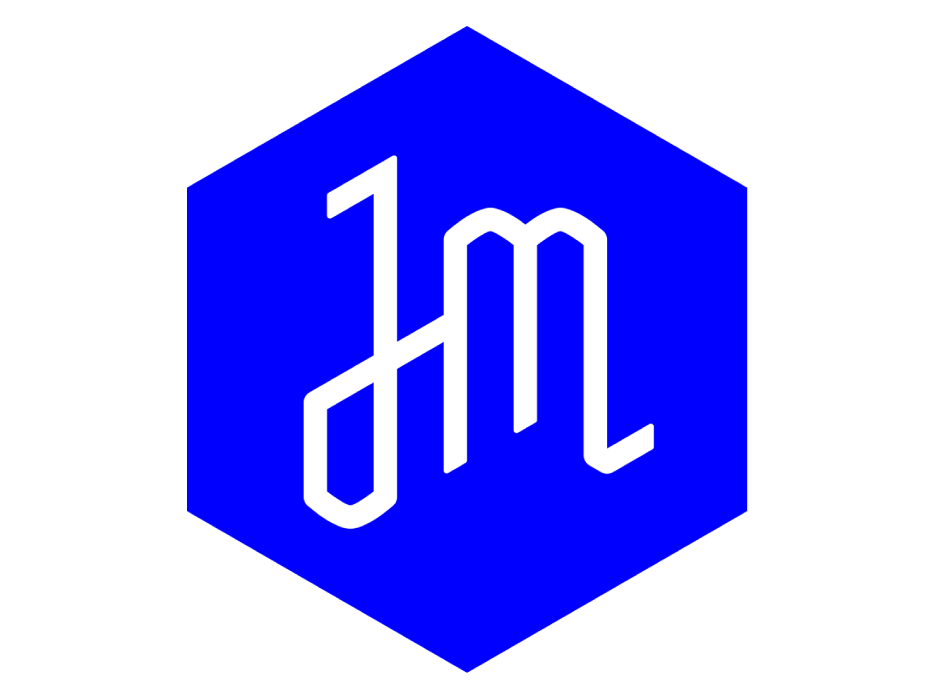
Key Works by Judy Chicago, Nicole Eisenman, Eva Hesse, Lee Krasner, Lee Lozano, Miriam Schapiro, Nancy Spero, and Others
New York, NY — Feminist challenges to creative and institutional limits have been widely influential in art since the 1960s, with the emergence of the women’s art movement in the United States. The Jewish Museum will present Shifting the Gaze: Painting and Feminism, an exhibition exploring the widespread impact of feminism on contemporary painting over the last fifty years, from September 12, 2010 through January 30, 2011. The exhibition focuses on art at the crossroads of societal shift and individual expression. Shifting the Gaze places feminist art in a larger context exploring its roots in Abstract Expressionism, Pop and Minimalism, and extending to the present, when feminist impulses remain vital in recent works targeting the representation of women in popular culture.
The exhibition examines interactions of the politics and theory of feminism with the practices and styles of painting. Feminist ideas and aesthetics transformed art, opening up the field to the full range of women’s experience, history and material culture. Feminism retains its power to inspire new ideas and challenge old ones, shifting the gaze to unexplored perspectives. It remains an active force in contemporary art today.
Shifting the Gaze: Painting and Feminism, with over 30 paintings and several sculptures and decorative objects, is largely drawn from The Jewish Museum’s collection and also includes select loans. Works by 27 artists such as Judy Chicago, Louise Fishman, Leon Golub, Eva Hesse, Deborah Kass, Lee Krasner, Louise Nevelson, Elaine Reichek, Miriam Schapiro, Joan Snyder, Nancy Spero, and Hannah Wilke, among others, are arranged thematically. Seven works in Shifting the Gaze have been acquired over the last three years.
Gestural and Abstract Expressionist paintings created at the dawn of feminism in postwar America open the show. Although their contributions were minimized by male artists and critics, in the 1960s and 1970s, Eva Hesse, Judy Chicago, and Miriam Schapiro broke through professional and social impediments by reinventing abstraction as a vehicle for feminism. These artists transformed the mainstream while creating women-centered art and institutions.
Next are mostly self-portraits that demythologize the female body and male representations of it. Feminist theory discredited the “male gaze” — the practice of depicting women as objects of male sexual desire. To supplant the representation of women as idealized Venuses and Madonnas, feminist artists developed honest images of women, often portraying their own nude bodies. The moral urgency to possess the gaze resonates in Lee Lozano’s ambiguous yet charged symbolic imagery, and Hannah Wilke’s searching self-portraits.
The third group features embroidery, collage and fan painting as examples of the 1970s art movement, Pattern and Decoration, which sought to reinvigorate previously denigrated women’s work. Feminist painters redeemed these forms, bringing them into the realm of fine art as a radical source of new techniques and personal narratives that challenged the established histories of art. The rethinking of craft continues to this day.
Politics, the Holocaust and war are then examined through feminist interpretations. In the mid-1960s female activists like Nancy Spero added their voices to the political dialogue with bold images decrying the victimization of women. The artists layer mixed media, texts, and found imagery to graphically confront abuses of power in the twentieth and twenty-first centuries.
The following section explores the use of writing and text in art. In the 1980s, feminist artists became increasingly interested in religion, overcoming its patriarchal associations. Inspired by Jewish philosophy and liturgy, Louise Fishman, Joan Snyder, and other painters sought ways to represent values and rituals with texts, symbols, and calligraphic markings.
A final gallery is devoted to popular culture and satire. This section, bridging Pop paintings of the 1960s and satirical works from the 1990s to the present, emphasizes the ways in which painters investigate connections between identity and popular culture. Some artists appropriate mass-media images while others rely on direct observation of people and things. The gay and lesbian Jewish experience especially influenced the reevaluation of feminist art of the 1990s, when a younger generation deployed sophisticated irony to reopen debates about gender and representation.
Jewish painters have played decisive roles in founding and sustaining major feminist art groups and theories while continuing to develop their own avant-garde art. The selected works reveal Jewish and feminist commitments to both social justice and personal freedom. The works on view are animated by the tensions between individual expression and collective politics, and a traditional medium and radical action.
Shifting the Gaze examines the ways that artists (male and female) challenge discrimination, advocate self-expression and invent new forms of beauty, breathing life into the medium and offering fresh visions of the world. Much of the feminist movement aimed to overcome the male-dominated modes of heroic and formalist painting. To this day, artists inspired by feminism take on taboo subjects and stretch techniques in abstraction, decoration, collage, embroidery and representation.
The exhibition has been organized by Daniel Belasco, Henry J. Leir Associate Curator at The Jewish Museum. He specializes in postwar and contemporary art and design, and is currently completing a book on feminist consciousness in New York School art. Daniel Belasco is also co-curator of SITE Santa Fe’s Eighth International Biennial exhibition (June 2010-January 2011). He holds a PhD and MA from the Institute of Fine Arts, New York University.
Shifting the Gaze: Painting and Feminism is made possible, in part, by the Melva Bucksbaum Fund for Contemporary Art.
Website
As part of the Shifting the Gaze exhibition section on The Jewish Museum’s website (www.thejewishmuseum.org), a list of over 550 woman artists who have been shown in special exhibitions at the Museum since 1947 will be made available.
Shifting the Gaze: Painting and Feminism
Artists Represented in the Exhibition
Ida Applebroog, American, b. 1929
Judy Chicago, American, b. 1939
Rosalyn Drexler, American, b. 1926
Nicole Eisenman, American, b. 1965
Louise Fishman, American, b. 1939
Audrey Flack, American, b. 1931
Dana Frankfort, American, b. 1971
Leon Golub, American, 1922-2004
Eva Hesse, American, b. Germany, 1936-1970
Deborah Kass, American, b. 1952
Vivienne Koorland, American, b. South Africa, 1957
Joyce Kozloff, American, b. 1942
Lee Krasner, American, 1908-1984
Robert Kushner, American, b. 1949
Cary Leibowitz, American, b. 1963
Lee Lozano, American, 1930- 1999
Melissa Meyer, American, b. 1947
Louise Nevelson, American, b. Russia, 1899-1988
Elaine Reichek, American, b. 1943
Miriam Schapiro, American, b. Canada, 1923
Mira Schor, American, b. 1950
Dana Schutz, American, b. 1976
Joan Semmel, American, b. 1932
Amy Sillman, American, b. 1954
Joan Snyder, American, b. 1940
Nancy Spero, American, 1926-2009
Hannah Wilke, American, 1940-1993
Press contacts
Anne Scher/Alex Wittenberg, 212.423.3271, [email protected]
